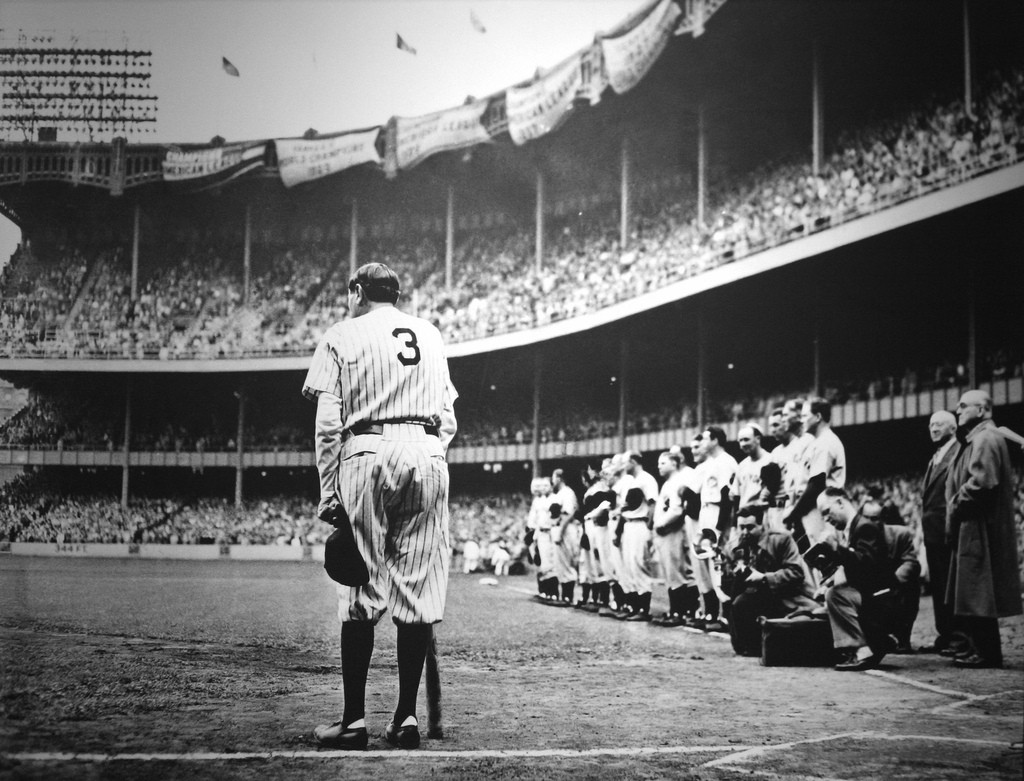In the most recent edition of Esquire magazine, Sir Paul McCartney reflects on a long and storied career as a singer-songwriter and performer for The Beatles, with Wings, and as a solo artist. Although McCartney is reportedly the second richest recording artist (and richest male), having a net worth estimated at $660 million, many may find it surprising that McCartney cares about the songwriting credit order attributed to The Beatles songs McCartney co-wrote with fellow Beatle John Lennon.
In the two creative-creator centric intellectual property disciplines (copyrights and patents), the listed order of copyright owners or patentees is legally irrelevant concerning the separate rights of the owners/patentees.
For a copyright, the co-writers/co-owners individually enjoy all the rights set forth in 17 U.S.C. § 106, so that any, all, or a subset of all co-writers/co-owners may exploit the work by further reproductions, etc. Likewise, for a patent, each co-inventor may "practice" the invention (e.g., manufacture) or license the subject matter to another party.
However, the differences lie in what is owed to the co-creators upon successful exploitation. For a copyright, each co-writer/co-owner owes the other co-writers/co-owners an accounting of the profits generated through the right(s) exploited (or be subject to litigation). Conversely, for a patent, each co-inventor may separately make or license the subject matter without accounting for any profits to the other co-inventor(s).
So why the fuss from McCartney concerning whether a song is identified as a Lennon-McCartney work or a McCartney-Lennon work? In the grand scheme, the publishing royalties will be no different - every penny will still be divided between McCartney and Lennon's estate.
As with many similar issues, there are multiple considerations at issue. Ego is rather obvious - upon Lennon's murder, the other co-writer was no longer in the picture. Yet, Lennon's estate (via Yoko Ono), and a rather divisive ego at that, blocked several attempts by McCartney to correct a perceived error in the attribution order.
As McCartney recalls, early on, The Beatles and management agreed that any song predominantly written by one and brought to the other for "polishing" or "completion" would be specifically attributed in the album liner notes as [predominant writer] hyphen [polisher]. However, this preferred nomenclature convention did not materialize, and rather the alphabetical Lennon-McCartney label was the go-to form of songwriting attribution.
Upon Lennon's death, and in subsequent years (e.g., The Beatles Anthology Series), McCartney tried to reclaim this preferred naming convention, only to be obstructed by Ono. McCartney identified the hit single "Yesterday" as a good example, noting that Lennon had absolutely nothing to do with writing the song, yet, the song is attributed to Lennon-McCartney and not to (McCartney's preference) McCartney-Lennon.
Related to issues of ego is perception, such as the public's perception that attribution order has significance. It is likely that is the reason the individual Beatles agreed to the songwriting naming convention identified above is because of their own naive (mis)conception of the significance of naming attribution order.
Like many of the songwriting tandems in popular music over the last 50 years, such as Jagger-Richards (The Rolling Stones), John-Taupin (Elton John), Simon-Garfunkel, Plant-Page (Led Zeppelin), Simmons-Stanley (KISS), and Bon Jovi-Sambora (Bon Jovi), the first mentioned person seems to capture much of the songwriting attention. This is probably due to an issue not particularly noticed (the primacy effect) - the strongest impression made on the mind of a viewer/reader based on the first item listed.
However, most interestingly, McCartney points out a legitimate gripe regarding technology. In particular, McCartney notes that when an individual downloads, streams, or a song selected from an existing digital library, often the display is too small to fully display multi-writer attribution (or does so intermittently). Consequently, using The Beatles as an example, on a smartphone or iPad display, The Beatles song "Yesterday" may be attributable only to John Lennon or John Lennon (and perhaps) Paul McCartney a few seconds later. Thus, at least in McCartney's view, younger generations may be misinformed or misled as to the appropriate songwriting credits, or frustrated by the bounce between one co-writer and the other(s) co-writer(s). Thus, younger generations may be deprived of some knowledge, history, and searchable keywords that could link-up Lennon-McCartney with other valuable or culturally significant songs.
As someone who enjoys trivia and completeness of information, I can sympathize with McCartney's lament as a threshold matter. However, given the younger generations Internet acumen, it seems unlikely that a user would not have such information readily available in just a few clicks or taps. Alternatively, younger generations may simply not care enough to want to know/learn about the artist, esp. in an age when popular music is more disposable than ever before.
While McCartney's concerns possess some merit, the degree of import seems rather low. Publishing royalties remain unaffected by the naming order; and the fame of The Beatles nearly negates any inverted (or lack of) attribution, as many folks will supplement their listening experience by browsing for information abut the artist (e.g., via Wikipedia). As with so many things surrounding the surviving members of The Beatles and managers of the Lennon and Harrison estates this really descends into a Paul v. Oko battle of wills, wits, and strong-willed personalities.
